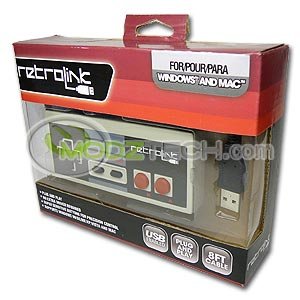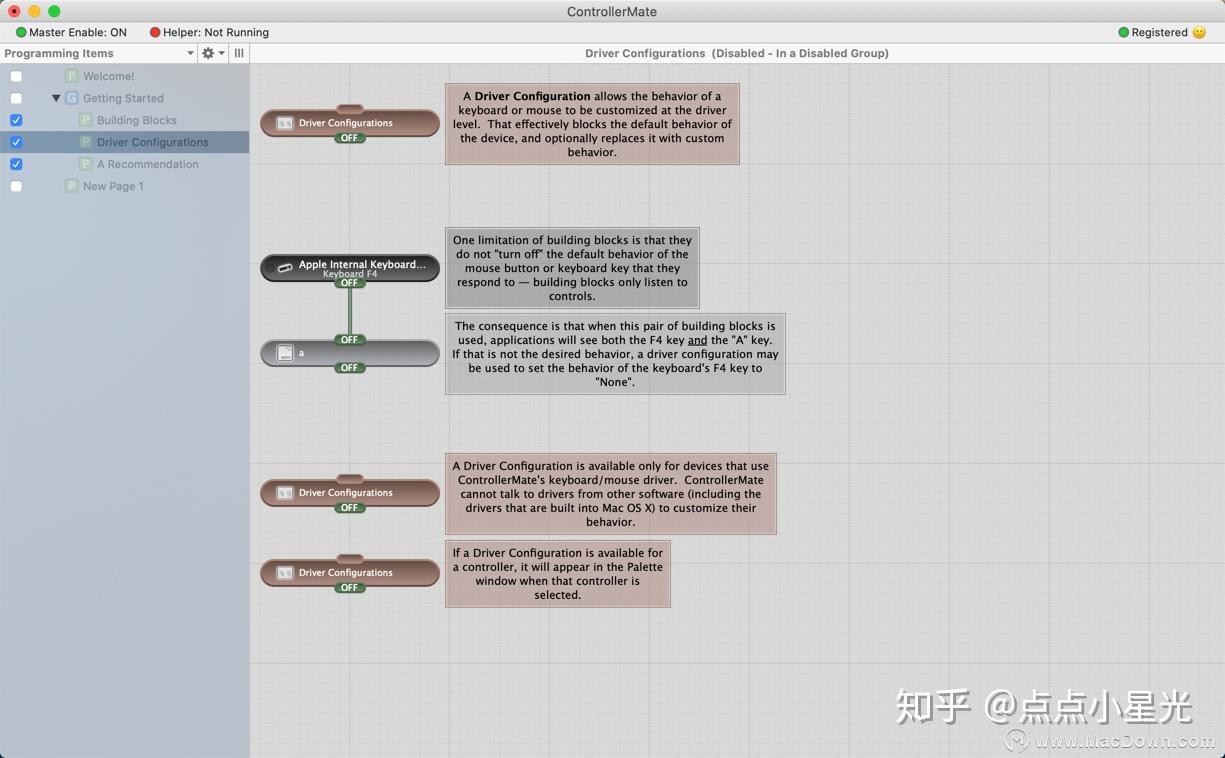
And lucky I was! For €15, I found exactly the adapter I was looking for, made by Hama, and it was the last unit on display. Given that it’s not exactly a trendy device, I figured it would have been hard to find in a brick-and-mortar shop but before returning home and trying online, I decided to go to the city centre and try my luck. I would test it, see if all keys were recognised, and in case the keyboard turned out to be dead or otherwise unusable, I would return it to the recycle bin myself the day after.īut in order to connect it to my Mac, there was something I had to get first: a PS/2-to-USB adapter, of course. I proceeded to free it from other pieces of electronic junk, and took it home. The interface was PS/2, not USB, so I figured it was vintage enough.
CONTROLLERMATE FOR MAC CLASSIC PC
Touching its keys, they gave that pleasant clicky response, not the muffled, mushy feedback so many modern PC keyboards give. Then, recently, in the tech recycle bin at the university library where my wife works, I found a discarded vintage-looking PC keyboard made by BenQ.
CONTROLLERMATE FOR MAC CLASSIC PRO
My backup plan, while looking for another iMate, was to use an Apple Pro Keyboard (M7803). I kept using the Apple Standard Keyboard until the iMate stopped working.

After this keyboard showed issues with the ADB connector, I turned to the Apple Standard Keyboard (M0116). This setup lasted another good while, then the ‘P’ and ‘M’ keys started acting up and I had to switch to the second-best option I had at the time - the Apple Desktop Bus keyboard (A9M0330), the first ADB keyboard, introduced with the Apple IIGS. After finding a Griffin iMate (ADB-USB adapter), I could go back to my true favourite among Apple keyboards, the Apple Extended Keyboard II. Its replacement was equally great if not superior. I used it until it broke down and a fair amount of keys stopped responding. While not being a fully mechanical keyboard (it’s technically a dome-switch keyboard), the shape and feel of its keys provided a similar experience typing was comfortable it was a full-size extended keyboard and it was wireless.

One of the most practical and rather comfortable keyboards I’ve used for a long time was the 2003 Apple Wireless Keyboard (A1016). While I don’t have particular problems typing on flat keyboards with scissor-switch mechanisms, or membrane-based mechanisms, I honed my typing skills on fully mechanical keyboards, and I’ve always tried to go back to a mechanical keyboard for my main setup (currently a 2009 MacBook Pro often in desktop configuration).


 0 kommentar(er)
0 kommentar(er)
